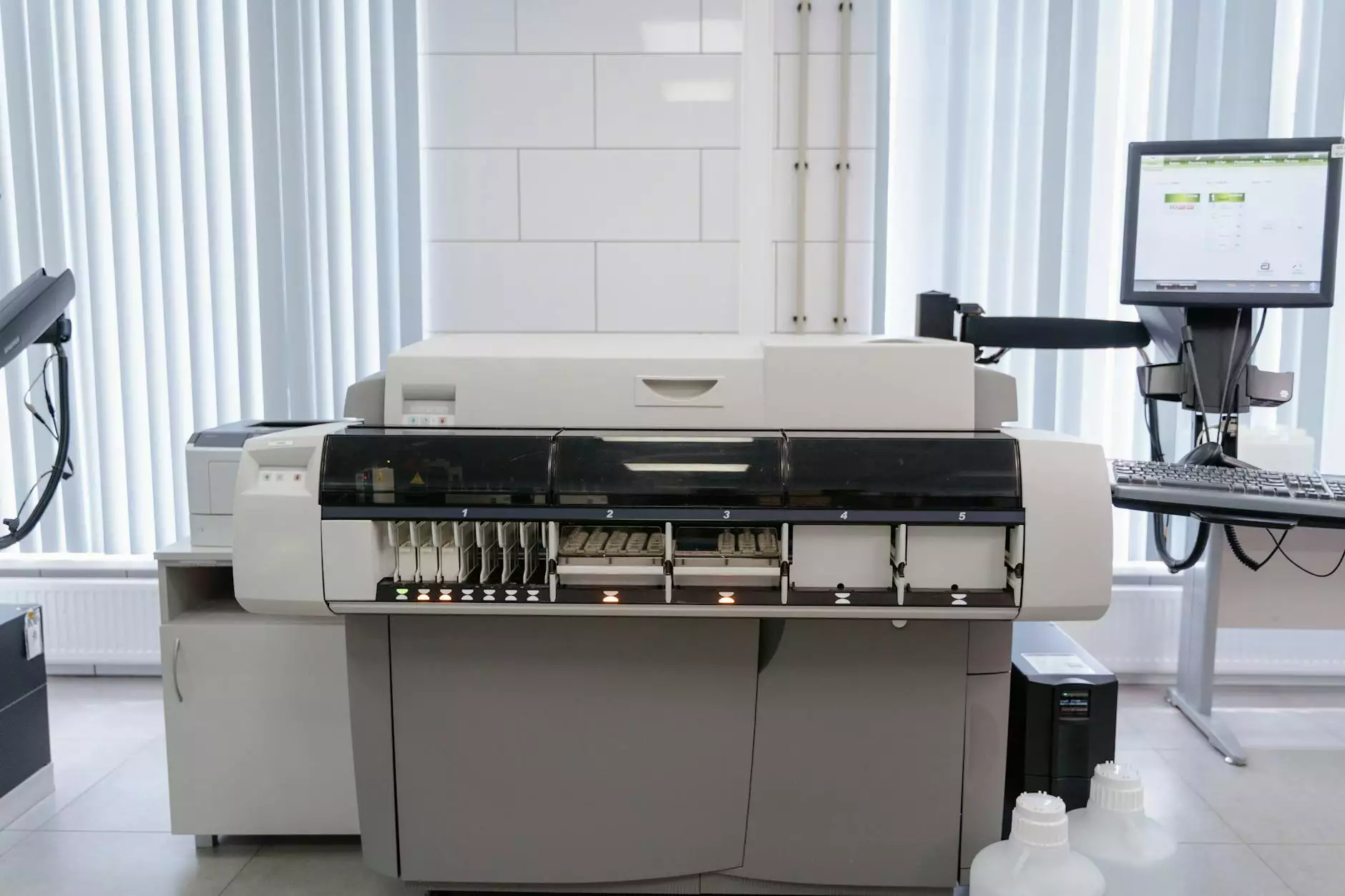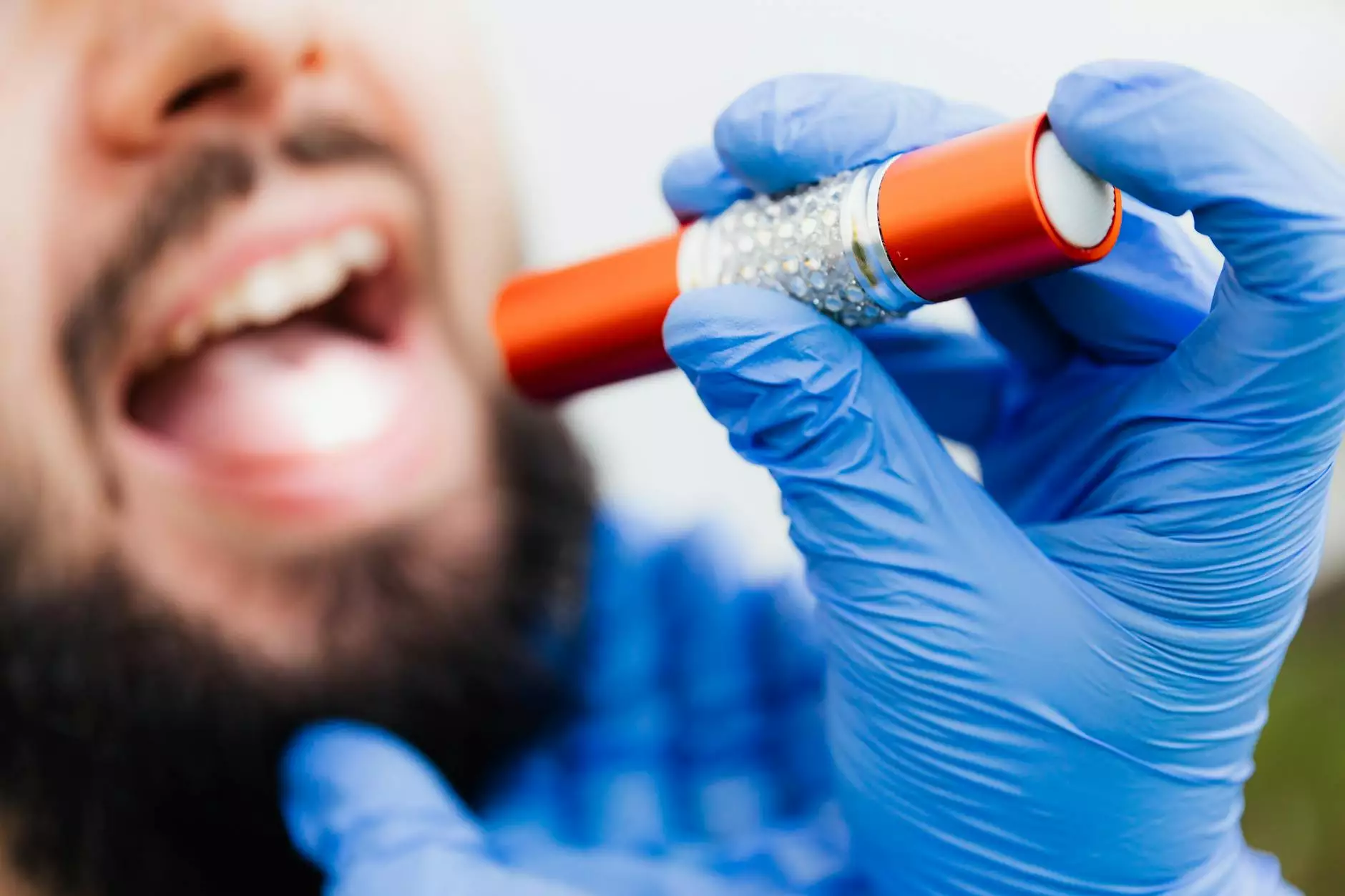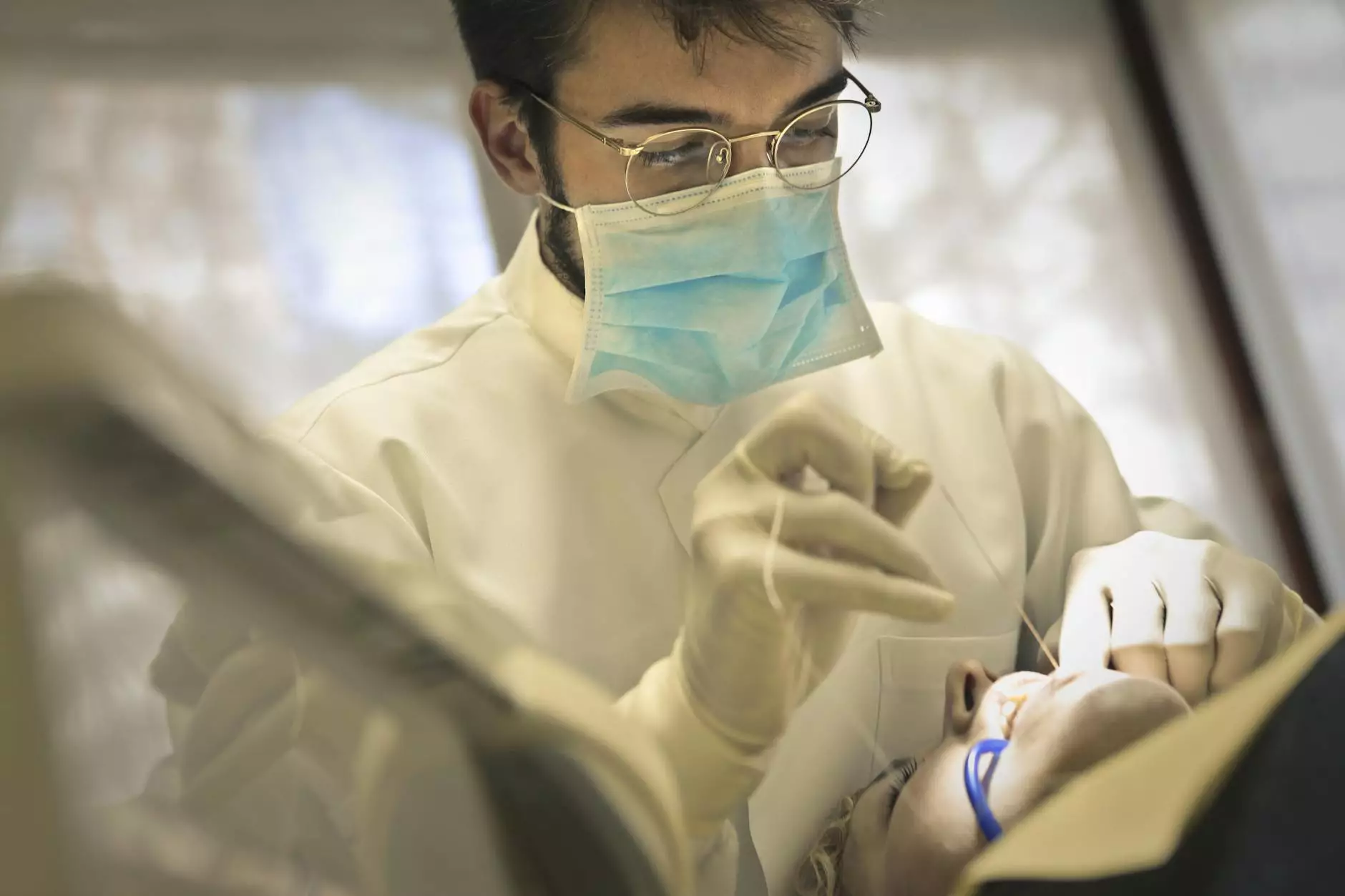What Does Blood Clot Mean?
Blood clots play a crucial role in our body's ability to heal from injuries and trauma. However, when they form inappropriately, they can lead to severe health complications. This article delves into the intricacies of what a blood clot truly means, its formation, associated health risks, and available treatment options.
Defining Blood Clots
A blood clot, or thrombus, is a mass formed by platelets and fibrin in the blood. Its main function is to obstruct blood loss by sealing damaged vessels. When functioning correctly, our bodies activate clotting processes to heal wounds, but sometimes these clots can form when they shouldn't, even without an existing injury.
How Blood Clots Form
To understand what blood clot means, it’s essential to grasp the process of clot formation. This thrombosis process typically involves three key components, often referred to as Virchow's Triad:
- Stasis of blood flow: When blood flow is slow or stagnant, clots may form.
- Vascular injury: Damage to a blood vessel walls can trigger clotting.
- Hypercoagulability: An increase in the blood's tendency to clot, often due to genetic factors or certain medical conditions.
Common Types of Blood Clots
Understanding the different types of blood clots can provide greater insight into their implications:
1. Deep Vein Thrombosis (DVT)
DVT occurs when a blood clot forms in a deep vein, often in the legs. Symptoms include swelling, pain, and redness. If untreated, DVT can lead to complications such as pulmonary embolism.
2. Pulmonary Embolism (PE)
This life-threatening condition occurs when a blood clot travels to the lungs, blocking a pulmonary artery. Symptoms may include sudden breathlessness, chest pain, and rapid heartbeat.
3. Arterial Thrombosis
This type of clot occurs within an artery and can restrict blood flow to organs, potentially leading to serious events like heart attacks or strokes.
Symptoms and Signs of Blood Clots
Identifying the symptoms of a blood clot is vital for prompt treatment. Key symptoms include:
- Swelling: In the affected area, particularly in the legs for DVT.
- Pain: Cramping or soreness, often described as a DVT-related "charley horse."
- Skin discoloration: Affected area may appear red or bluish.
- Shortness of breath or chest pain: Indicating possible pulmonary embolism.
Risk Factors for Blood Clots
Several factors can increase the likelihood of developing blood clots, including:
- Prolonged immobility: Sitting for long periods, such as on long flights, can slow down circulation.
- Obesity: Excess weight puts additional pressure on veins.
- Smoking: Chemicals in cigarettes can damage blood vessels and decrease blood flow.
- Certain medical conditions: Conditions like cancer, heart disease, and clotting disorders elevate risks.
- Hormonal factors: Birth control pills and hormone replacement therapy can influence clotting.
Complications Related to Blood Clots
The presence of a blood clot can lead to serious complications, including:
- Pulmonary embolism: As previously mentioned, this occurs when a clot travels to the lungs.
- Post-thrombotic syndrome: A long-term condition that can cause pain and swelling after DVT.
- Stroke or heart attack: Due to arterial clots, these can have immediate life-threatening effects.
Diagnosis of Blood Clots
Diagnosing a blood clot usually involves a combination of physical examinations and testing, such as:
- Doppler ultrasound: A non-invasive test that uses sound waves to visualize blood flow in veins.
- Blood tests: Tests like D-dimer can help in the diagnosis of clotting disorders.
- CT or MRI scans: Imaging techniques used to identify embolisms or clots that may not be visible in ultrasounds.
Treatment Options for Blood Clots
Treatment for blood clots is essential to prevent further complications. Options include:
1. Anticoagulants
Also known as blood thinners, anticoagulants such as warfarin or direct oral anticoagulants (DOACs) are often prescribed to reduce the ability of the blood to clot.
2. Thrombolytics
These medications dissolve clots quickly and are typically used in emergencies, such as with severe pulmonary embolism.
3. Compression stockings
Wearing compression stockings can help manage symptoms of DVT and reduce swelling.
4. Surgical intervention
In some cases, surgical procedures may be necessary to remove a clot directly, especially if it poses a significant health risk.
Preventing Blood Clots
Prevention is the best strategy when it comes to blood clots. Here are some effective measures:
- Stay active: Regular exercise promotes healthy blood flow.
- Maintain a healthy weight: Reducing obesity lowers the risk of clotting issues.
- Stay hydrated: Proper hydration can support smooth blood flow.
- Avoid prolonged sitting: During long travels, stand and move every few hours.
- Discuss medications: If on hormone therapy or specific medications, consult with a healthcare professional regarding your risk of clots.
Conclusion
Understanding what blood clot means is essential for recognizing the potential dangers and risks associated with clots in our vascular system. Awareness of the symptoms, risk factors, and prevention strategies can empower individuals to seek timely medical intervention and enhance their vascular health. By doing so, you can not only safeguard your health but also foster a greater understanding of the crucial roles these clots play within our bodies.
For further information about vascular health and specialized treatment options, consider reaching out to Truffles Vein Specialists, where expert care awaits.
what does blood clot mean







